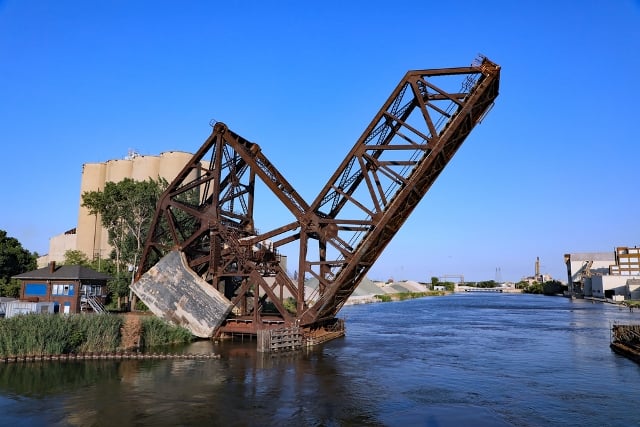
President Trump's infrastructure plan, while one of the largest proposed, continues with the theme of the prior three administrations in calling for massive investment in the nation's infrastructure. The plan aims to generate $1.5 trillion in order to upgrade the nation's highways, airports and railroads.
Details related to the infrastructure plan will certainly change as the proposal moves through the political process. Despite that uncertainty, there are projects currently underway, projects in planning phases and, more importantly, projects that need attention — many of which fall under the category of critical infrastructure. It's no secret that much of our country's infrastructure is long overdue for an overhaul, and it will be no small task determining how best to allocate resources on a federal, state, and local level.
Should a city prioritize fixing aging water distribution systems or outdated traffic control equipment? Should a state invest in repairing an unsafe bridge or updating an old section of a frequently used highway? Although there are countless projects that need attention, local governments first and foremost must fulfill their mission of serving their citizens and keeping them safe, and all infrastructure projects should be evaluated through a programmatic and strategic lens.
Recommended For You
Want to continue reading?
Become a Free PropertyCasualty360 Digital Reader
Your access to unlimited PropertyCasualty360 content isn’t changing.
Once you are an ALM digital member, you’ll receive:
- Breaking insurance news and analysis, on-site and via our newsletters and custom alerts
- Weekly Insurance Speak podcast featuring exclusive interviews with industry leaders
- Educational webcasts, white papers, and ebooks from industry thought leaders
- Critical converage of the employee benefits and financial advisory markets on our other ALM sites, BenefitsPRO and ThinkAdvisor
Already have an account? Sign In Now
© 2025 ALM Global, LLC, All Rights Reserved. Request academic re-use from www.copyright.com. All other uses, submit a request to [email protected]. For more information visit Asset & Logo Licensing.





